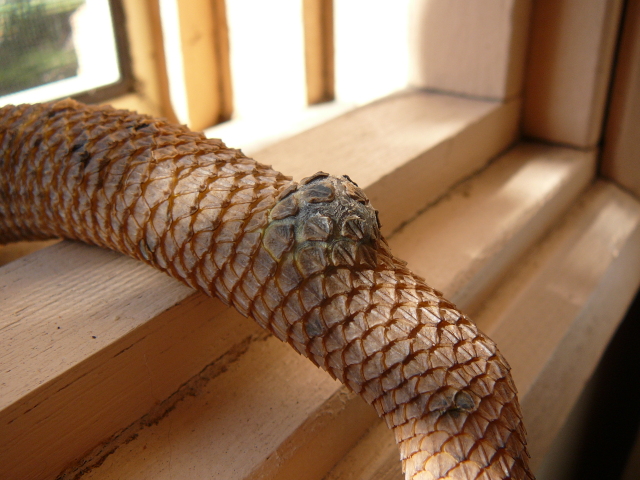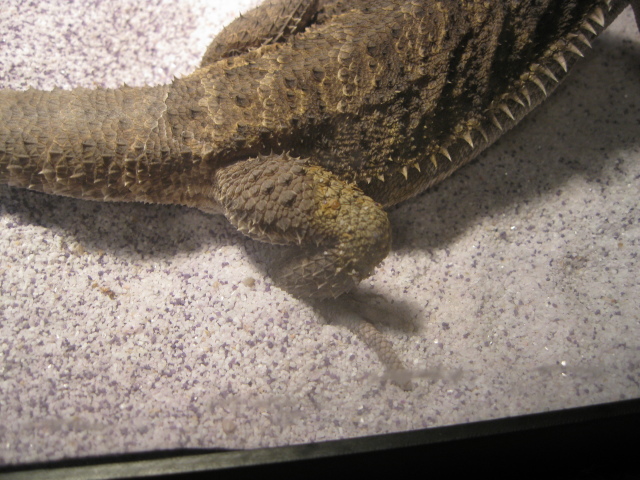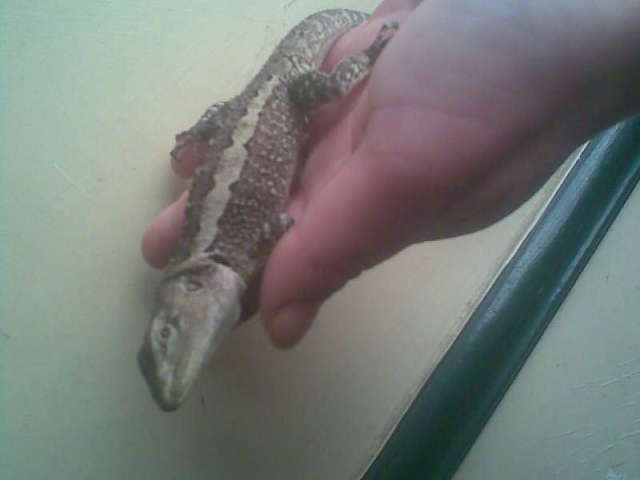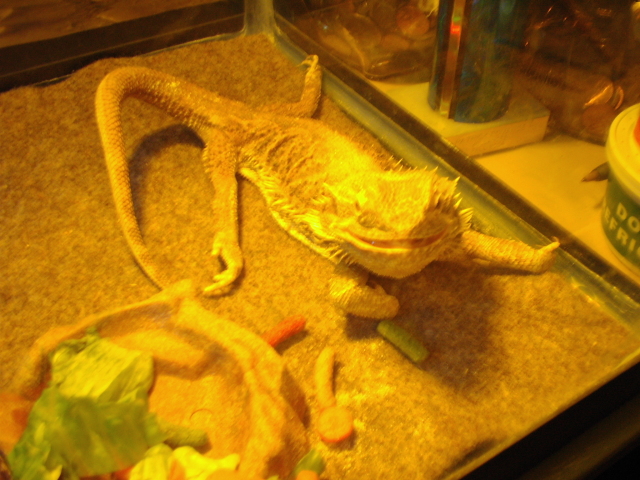Questioncompare and contrast the life cycle of a Burmese python and a garden snail
AnswerHey Jaz,
here ya go lol....
Garden Snail Classification:
Kingdom: Animalia
Phylum: Molluska
Class: Gastropoda Sublcass: Herterobranchia
Family: Stylomatophora
Genus: Helix aspersa
Some snails have been known to live up to 15 years.
Snails are hermaphrodites which means that they have both male and female reproductive organs.
Snails usually travel in irregular paths, often traveling in a circle.
Snails rely mainly on their sense of touch and smell when finding food because they have very poor eyesight.
Snails cannot hear.
Snails can retract one or both of their tentacles at a time.
Because of the suction created by their slime, a snail can crawl upside down.
Snails are nocturnal animals which means they are more active at night.
Garden Snails mainly eat garden plants and vegetables, but they will also eat decaying plants and soil.
The fastest snails are the speckled garden snails which can move up to 55 yards per hour compared 23 inches per hour of most other land snails.
Garden snails hibernate during the winter and live on their stored fat.
Garden snails breathe with lungs.
Garden snails evolved from sea snails about 600 million years ago.
The garden snail is cooked and eaten as a delicacy called escargot
May 24th is National Escargot Day
Now for the burmese python.....
ORDER: Squamata
FAMILY: Boidae
GENUS: Python
SPECIES: molurus bivittatus
I. DESCRIPTION:
Bold color pattern mainly in browns and yellows. Small spurs represent the vestiges of hind limbs. Grows to a length of 18- 20 feet. Maximum recorded length is 25 feet. Can weigh as much as 200 pounds. Females are larger than males.
II. GEOGRAPHY RANGE AND HABITAT:
Found from India to lower China, the Malay Peninsula and on some islands of the East Indies. Lives near water and is semi-aquatic.
III. DIET:
Small mammals, birds, reptiles, frogs and even fish. Kills by constriction in which the prey is suffocated. A nocturnal hunter, it prowls looking for prey or waits by a water hole.
IV. LIFE CYCLE/SOCIAL STRUCTURE:
Lays 8-100 eggs usually 3-4 months after mating. The female pushes them together in a heap and coils herself around them, brooding them for 2-3 months. She actually incubates them (using muscular contractions to warm) by keeping their body temperature several degrees above that of the surrounding air. When hatched, the young grow rapidly but suffer much predation. As they grow larger, however, fewer animals can overpower them.
V. SPECIAL ADAPTATIONS:
Heat sensors along the upper lip as well as its keen sense of smell help it to find prey. As with other snakes, the python's loosely hinged jaws can be stretched far apart, enabling it to swallow animals with bodies much larger in diameter than the python's head. They are good climbers and have prehensile tails.
VI. INTERPRETIVE INFORMATION:
According to Grzmek it is a subspecies of the Indian Python and is the python most commonly seen in zoos and circuses. Also known as the Asiatic Rock Python. The Old World python and New World boa are clearly the closest living relatives of the ancestral snake type. Well developed claws at the sides of the anal cleft mark the internal vestiges of hind limbs (evolution from lizards).
VII. STATUS IN WILD:
Hatchlings are popular as pets and sizeable numbers are exported from Southeast Asia annually. Wild populations are also heavily exploited by the exotic leather trade. The IUCN (International Union for Conservation of Nature and Natural Resources in Morges, Switzerland) lists the Burmese Python as near threatened. CITES lists it as threatened.
well there you go if you need more in depth let me know but i think i covered it all hope this was helpful and if this a home work question i hope you get an a lol thanks for tyhe question.
tommy

 Green Iguana
QuestionJade
Jade
QUESTION: hello i Bough
Green Iguana
QuestionJade
Jade
QUESTION: hello i Bough
 My beardie has developed a lump on her tail
QuestionTrigger
QUESTION: Hi, weve had Trigger f
My beardie has developed a lump on her tail
QuestionTrigger
QUESTION: Hi, weve had Trigger f
 Skin
QuestionBack leg
QUESTION: I just discovered tod
Skin
QuestionBack leg
QUESTION: I just discovered tod
 new striped water dragon.?
QuestionQUESTION: i got ur reply about the parasites an
new striped water dragon.?
QuestionQUESTION: i got ur reply about the parasites an
 mbd
QuestionQUESTION: my sons bearded dragon is about 5 yea
mbd
QuestionQUESTION: my sons bearded dragon is about 5 yea